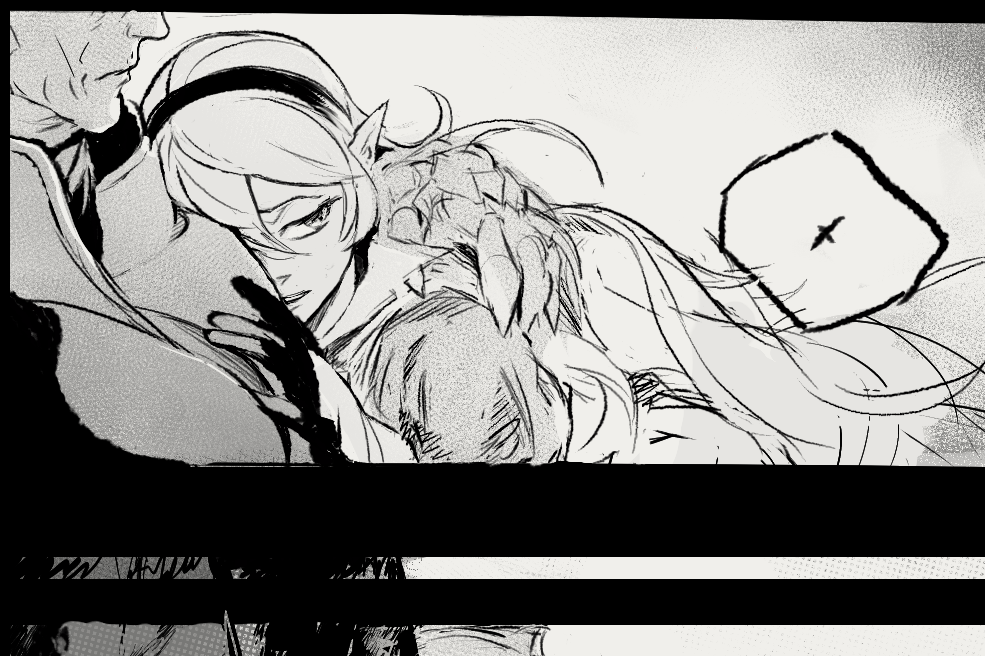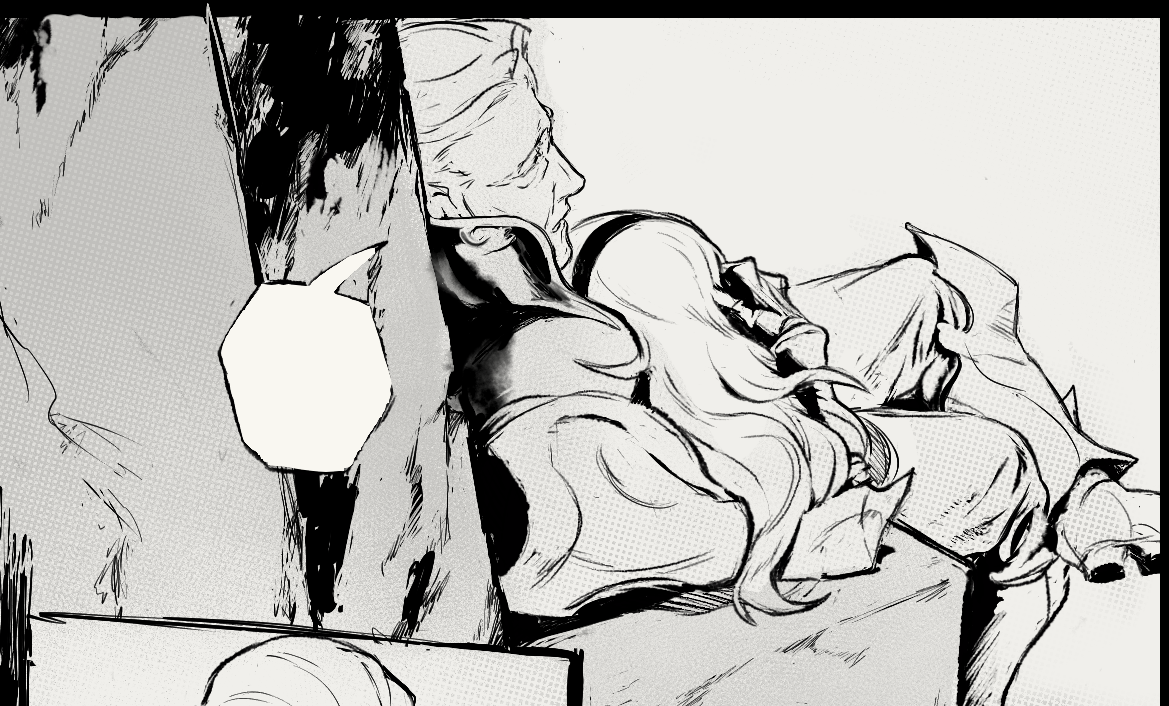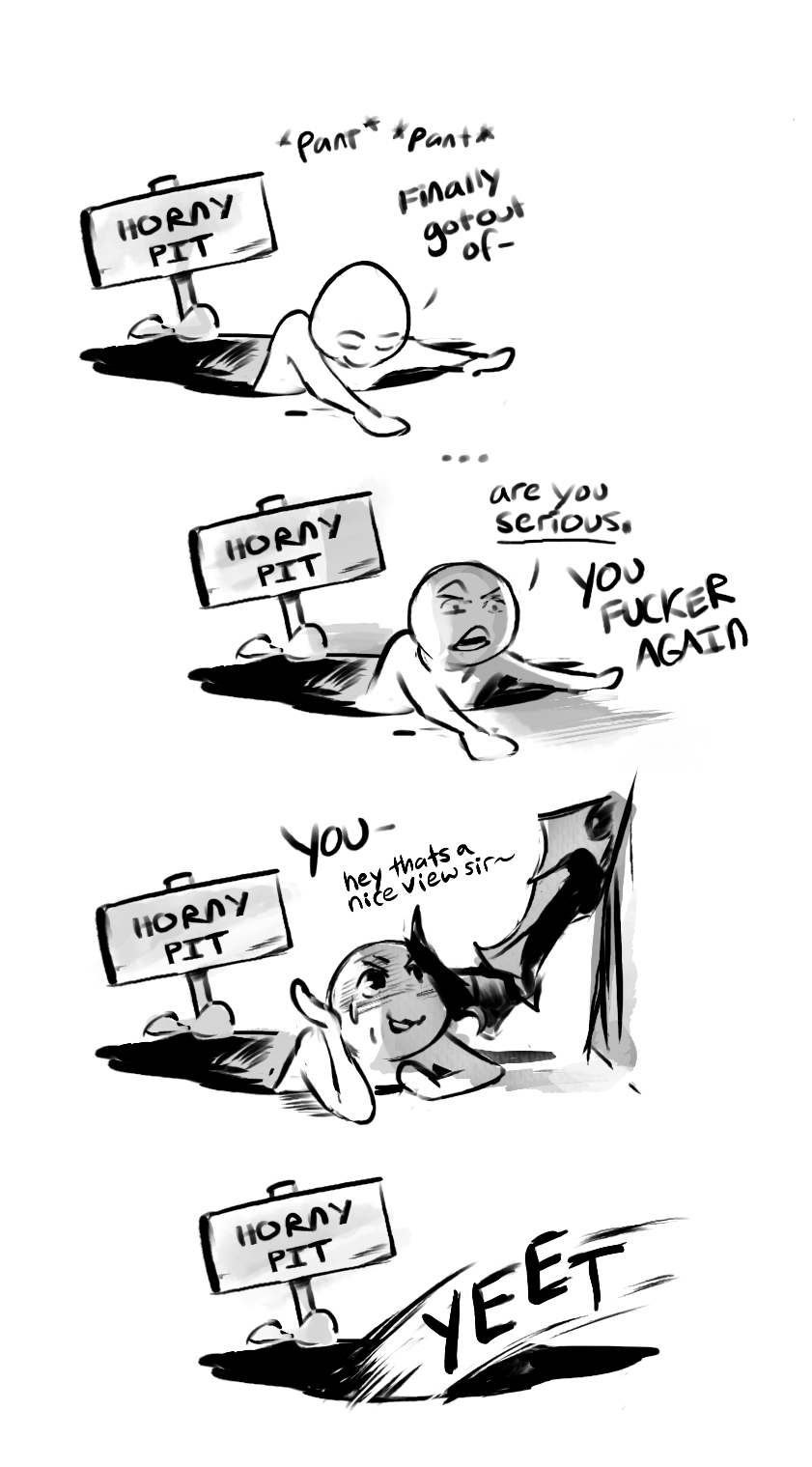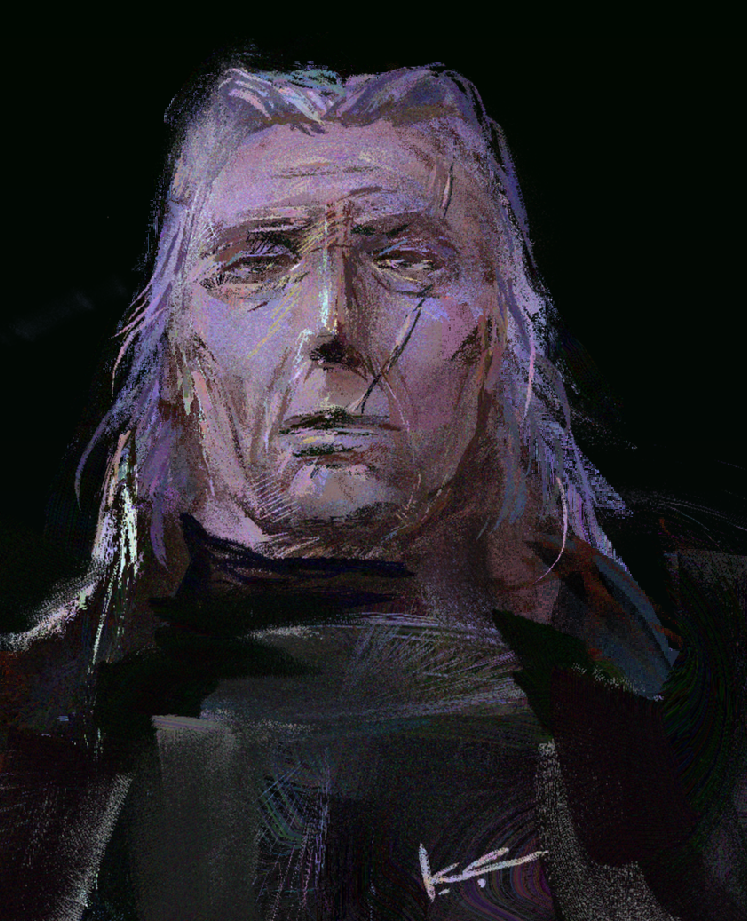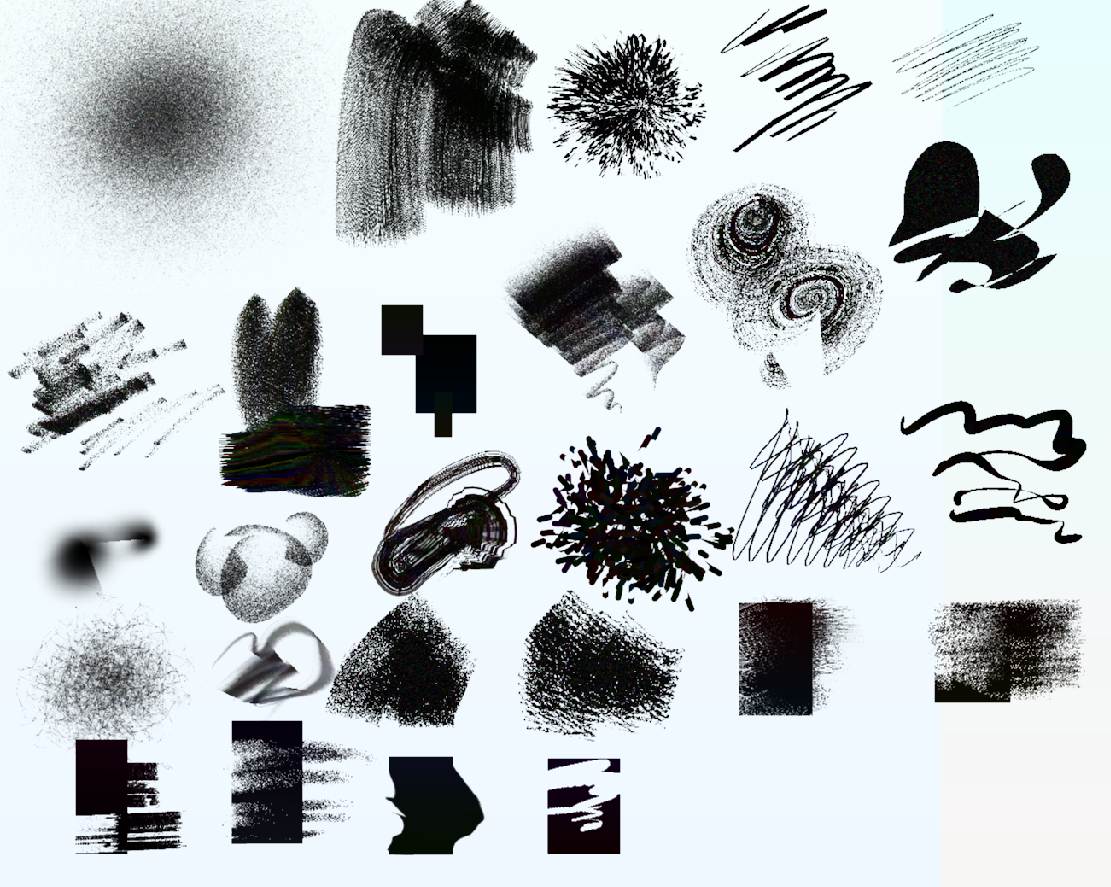(In reply to a message originally on tumblr. A nice soul sent an inquiry about any tips drawing old men I’ve learned recently; here’s a few insights that may or may not be helpful. -krad)
You’ve probably already seen my post on drawing old folks in general, but just in case if you haven’t, it’s over here. I link it mostly because there’s a book mentioned there (Morpho: Skin & Fat) that is a far better resource than anything I could mention; it talks about how gravity affects sags over time and wrinkle placement—all that good stuff.
I will say, what has been useful to learn recently is that it’s very possible to over-render age lines, and that “more lines” doesn’t always mean better.
Sure, we’re probably sick and tired of the standard gacha-style “two lines by the eyes and mouth” stylization and how it doesn’t cut it when you want a believable 60+yr old. But there’s also the other extreme of drawing too many lines/creases where the clarity (emotional clarity, visual clarity, character design clarity) of the art piece gets lost. Sometimes one well placed crease/shadow can believably (and handsomely) age a person more than five of them.
That’s when you get into the interesting game of ‘knowing how to draw all the creases/wrinkles so you don’t over- or under-shoot the number of lines’ for clarity. It’s a fun tug-of-war between placing the lines for the specific expression, placing them for Teh Sexy (if you are drawing them for fanservice) vs placing them for that specific character.
Lastly, it’s fun to collect stylized versions of old folks and see what shortcuts do work for other illustrators. I don’t have the tumblr post on me right as of the moment, but there’s one floating around that mentions Urasawa’s various manga/anime series is a great example of the sheer variety, and there’s other creators too. For example —




Same medium, four different dudes (still could be more variety!), but four vastly different line placements that are still flexible enough to show believable but consistent acting.
Hope that helps ~

